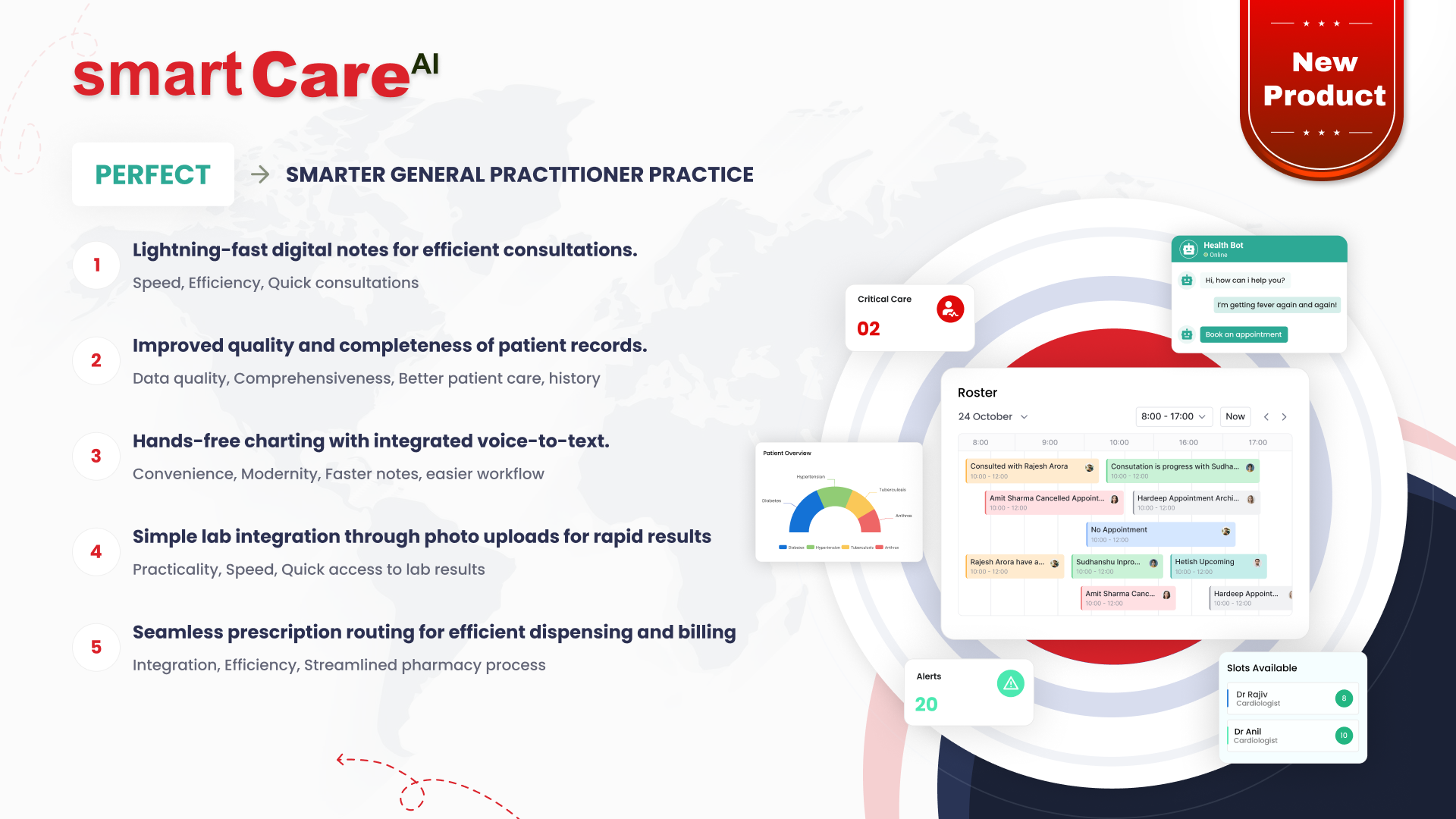
Posted On August 11, 2025
Telehealth vs. Telemedicine: Tech Differences That Matter
As healthcare continues its digital transformation, terms like “telehealth” and “telemedicine” are often used interchangeably. However, they are not quite the same. Understanding the technical differences between these two concepts can help healthcare providers, developers, and patients choose the right tools and services for specific needs. This blog breaks down these terms and explores the key technologies that power them.
What’s the Real Difference Between Telehealth and Telemedicine?
While both telehealth and telemedicine involve the use of digital tools to deliver healthcare services remotely, they serve different scopes. Telemedicine refers specifically to clinical services delivered remotely, such as a video consultation with a doctor. Telehealth, on the other hand, includes both clinical and non-clinical services, such as administrative meetings, continuing medical education, and remote patient monitoring.
In simple terms, telemedicine is a subset of telehealth. Recognising this distinction is essential for developing tailored solutions and choosing the right platforms.
How Telehealth Covers More Than Just Virtual Doctor Visits
Telehealth goes beyond just treating patients. It includes a wider range of healthcare-related activities, all delivered through digital platforms. Examples include:
-
Remote health education for patients and staff
-
Digital prescription management
-
Chronic disease management via mobile apps
-
Patient engagement through portals and messaging tools
This broader approach requires technology that supports multi-functional applications and robust data sharing capabilities across systems.
Telemedicine Explained: Direct Care Through Digital Means
Telemedicine is focused solely on providing direct clinical care using technology. This typically includes services such as:
-
Real-time video consultations
-
Remote diagnosis and follow-up care
-
ePrescriptions
-
Digital transmission of imaging or lab results
For telemedicine to be effective, the technology must ensure secure, high-quality video and audio, along with seamless integration with electronic health records (EHRs) and scheduling systems.
The Technology Behind Telehealth Services
Telehealth solutions often use cloud-based platforms, enabling flexible access to services for patients and providers. These platforms typically support:
-
Video conferencing
-
Mobile app integration
-
Health tracking wearables
-
Asynchronous communication (e.g., messaging or portal queries)
The tech stack behind telehealth must be scalable, interoperable, and compliant with healthcare regulations to manage various use cases efficiently.
How Telemedicine Relies on Secure, Real-Time Tools
Telemedicine demands real-time interaction, which puts pressure on the technology to deliver speed and security. Key requirements include:
-
End-to-end encryption to protect patient data
-
Low-latency video platforms for real-time consultations
-
Integration with diagnostic tools and EHR systems
-
Reliable internet connectivity for both provider and patient
Because telemedicine directly impacts clinical decisions, the reliability and precision of the underlying technology are absolutely critical.
Which Platforms Power Modern Virtual Healthcare?
Telehealth platforms typically offer a broader range of services, including remote patient monitoring, administrative meetings, health education, and lifestyle coaching. These platforms often integrate video conferencing, mobile health (mHealth) apps, wearable device data, and patient portals. Cloud-based architectures and secure APIs allow these tools to communicate across systems and providers.
Telemedicine, by contrast, focuses more narrowly on clinical services such as virtual consultations, diagnostics, and treatment. Telemedicine platforms are usually built around secure video calls, electronic health record (EHR) access, and diagnostic image sharing. They prioritise real-time communication and clinical accuracy over broader service features.
The Role of Data Sharing and Integration in Both Models
Data integration is crucial in both telehealth and telemedicine, but the complexity varies. Telehealth solutions often require broader data sharing, as they pull in lifestyle metrics, mental health assessments, and ongoing monitoring data from wearables. These systems must integrate smoothly with EHRs, lab platforms, and third-party wellness tools.
Telemedicine, while also requiring data integration, tends to focus on sharing clinical information like lab results, imaging, and prescriptions. The goal is to support accurate diagnosis and treatment during virtual visits. Strong interoperability ensures clinicians have a complete view of the patient’s history at the point of care.
How Regulations Differ for Telehealth and Telemedicine Tools
Regulatory compliance varies between telehealth and telemedicine. Telemedicine, being more clinically focused, often falls under stricter regulations such as HIPAA (in the USA), GDPR (in Europe), and other region-specific health laws. These rules govern how patient data is stored, shared, and accessed during clinical care.
Telehealth applications may have more flexibility depending on the service provided. For example, a mobile app offering general health advice or wellness coaching may not be subject to the same regulations as one providing medical diagnoses. However, once health data is collected or stored, compliance becomes a priority for both types of solutions.
Choosing the Right Solution for Your Healthcare Needs
The choice between telehealth and telemedicine solutions depends on your healthcare goals. If your aim is to offer a wide range of virtual services, including education, monitoring, and wellness support, a comprehensive telehealth platform is ideal. On the other hand, if your focus is on clinical services such as remote consultations and diagnoses, a telemedicine solution may be more appropriate.
In many cases, a hybrid approach that integrates both telehealth and telemedicine features delivers the best results—meeting patient needs while ensuring operational efficiency.
Why Understanding These Tech Differences Really Matters
Understanding the technological differences between telehealth and telemedicine is more than a matter of semantics. It helps healthcare organisations select the right tools, ensure compliance, and design services that meet patient expectations. It also influences funding, development priorities, and integration strategies.
By choosing solutions that align with their specific goals, healthcare providers can deliver better care, improve efficiency, and future-proof their operations.
Conclusion
Telehealth and telemedicine both aim to improve access to care, but they rely on different technologies to meet different goals. While telemedicine focuses on clinical care through real-time digital interactions, telehealth covers a broader range of health services supported by flexible, multi-functional platforms.
Understanding these distinctions can help healthcare providers and technology developers design better systems, invest wisely, and deliver higher-quality care remotely.
For more insights into healthcare software development and smart digital health solutions, visit smartdatainc.com.
